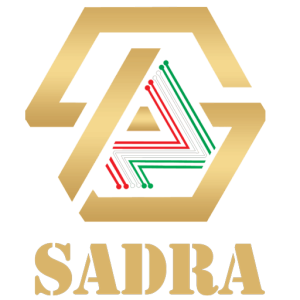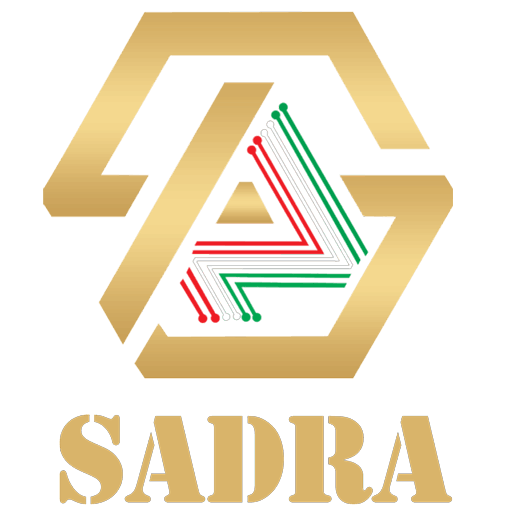Iron ore processing is one of the most important processes in the steel production chain. Iron ore is divided into two categories based on the product: Granulated iron ore and iron ore concentrate. In deposits (a mass of rock containing valuable minerals to the extent that its extraction is economical), the average grade of iron ore is low, and the amount of elements is more than acceptable. For this reason, more advanced methods and a more complex circuit are used to produce concentrate. The processing circuit generally consists of crushing – grinding – enrichment and dewatering units.
Along with these units, transportation units, water supply, facilities, etc. are mentioned as auxiliary units.

Stages of iron ore concentrate production:
The first stage of reduction:
The first stage in the factory begins with the mineral entering the crusher. In this section, the pieces between 20-25 to 100 cm are crushed into sizes smaller than 20-25 cm.
Of course, at the entrance of the stone crusher, a fixed Grizzly screen is installed, the openings of which are equal to the dimensions of the product coming out of the stone crusher. In this way, the smaller dimensions do not enter the crusher, lest they become smaller.
Then the crushed minerals enter the next stage of crushing and screening with a conveyor belt. In this section, which may consist of 2 stages of dry crushing depending on the dimensions and properties of the minerals, a cone crusher is used and the dimensions of the minerals are reduced to 30 mm.
It should be noted that multi-stage crushing is done in order to control granulation and prevent excessive crushing of mineral matter.
The second stage of Asianization:
Then these minerals with dimensions less than 30 mm enter the grinding stage in order to be further crushed. At this stage, the materials are ground by a self-destructive or semi-self-destructive mill or a pressure roller mill to a size of 0.5-1 mm.
This material with dimensions of 0.5-1 is then directed to the next stage, where it is further crushed by ball mills.
In these parts, where the crushing is done in a cooler environment, the dimensions of the crushing are controlled by hydrocyclones, and the guiding of the materials that float in the water and have created the slurry (slurry) composition is done by pumps.
The third stage of enrichment:
After passing through the grinding stage, the particles have reached the desired very fine dimensions and it is necessary to enter the next stage in order to separate the valuable materials from the waste compounds inside the slurry. The slurry is driven by the pump to the magnetic separation stage. The more magnetic separators are generally drum type separators. Slurry is passed over these drums that have magnetic properties. Iron minerals stick to the drum and are collected at the end of the drum by a blade from the drum. Other minerals in the slurry are also removed from the bottom of the equipment.
These magnetic separators have types of low intensity, medium intensity, high intensity and high gradient, which are selected based on the properties of minerals and the processing test that has already been done on the mineral, and if elements such as phosphorus and sulfur in If there is a concentrate, the flotation method is used to separate the interfering substances from the concentrate.
Flotation:
In this method, the difference in physical chemical properties of the material surface is used to separate them from each other. The surface of the precious mineral is covered by the collector. In order to adjust the water content of valuable mineral surfaces, the characteristics of the environment, including the pH of the water environment, are carefully adjusted. The mentioned mineral is placed in the water environment and air bubbles are created in this environment. Since the surface of the mineral is aerated, it easily adheres to the air bubble and floats on the surface of the liquid. In order to stabilize the air bubbles and prevent them from bursting, as well as prevent the air bubbles from joining each other, materials called foaming agents are used.
The fourth step of water extraction:
Enriched iron ore contains a certain amount of water, which must be drained and dried, and its humidity should reach 9-10%. For this purpose, filters are used to separate the obtained concentrate water, then the dehydrated concentrate is transferred to the product warehouse and stored there.
The tailings are also directed to a thickener for dewatering. There, the solid materials are settled and the water is discharged from the top of the thickener. The deposited solid particles are also directed to the center by the thickener foam collecting arm and directed to the tailings dam by the pump. To increase the sedimentation rate of these materials, polymeric chemicals called flocculants are used, which cause waste particles to stick to each other and increase the speed of their fall. The output of the above stages forms iron ore concentrate.


